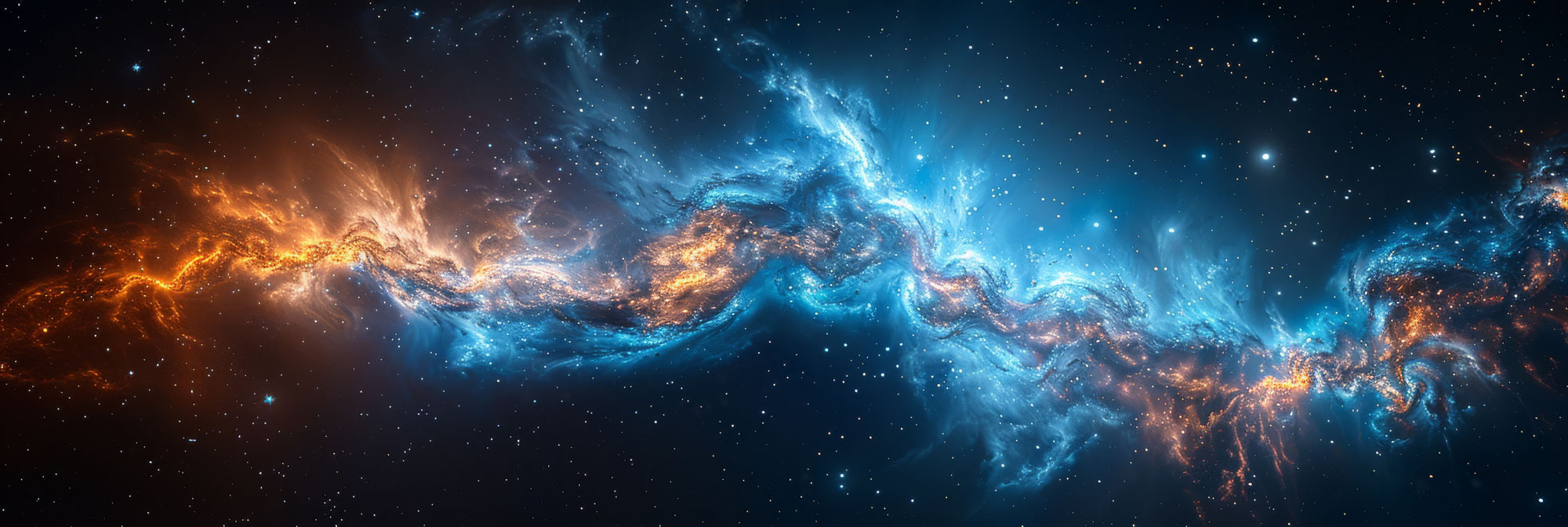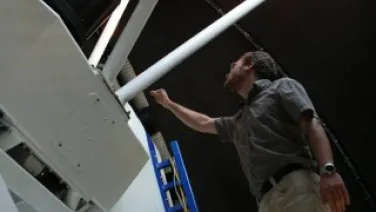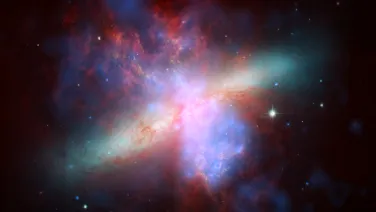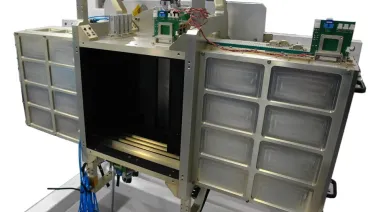
Structure and evolution of the Cosmos
About
On the largest and most distant scales, astrophysicists and cosmologists at RSAA study many types of distant galaxies, investigate the nature of the early universe, and measure the expansion of space itself. Areas of study in these fields include:
- understanding how galaxies form and interact with each other and their environments
- observing how interactions between galaxies affect their development
- the effects of internal processes, such as star formation and central supermassive black holes, on the growth of a galaxy
- the role and nature of dark matter in the formation of structure in the universe
- measuring the rate of acceleration of the expansion of the universe and understanding the implications for cosmological models
- modelling and observing enigmatic phenomena such as gamma ray bursts, supernovae and other transients to understand the physical processes that cause them.
Research led by cosmologists at ANU led to the discovery that the Universe is expanding at an ever-increasing rate; work for which the 2011 Nobel Prize in Physics was awarded. RSAA astronomers continue to investigate what this means for theoretical models of the Universe, to understand the role of dark energy or the cosmological constant that drives this accelearation. They are also improving measurements of distance to the exploding stars, or supernovae, that are used as beacons in mapping the expansion rate to refine the results that constrain these models. One of the major goals for the SkyMapper Telescope's Southern Sky Survey is to discover tens of thousands of new supernova occurring in distant galaxies. This will significantly increase the sample of observed events and enable astronomers to make detailed follow-up observations to help improve understanding of the physical processes that occur during these stellar explosions.









